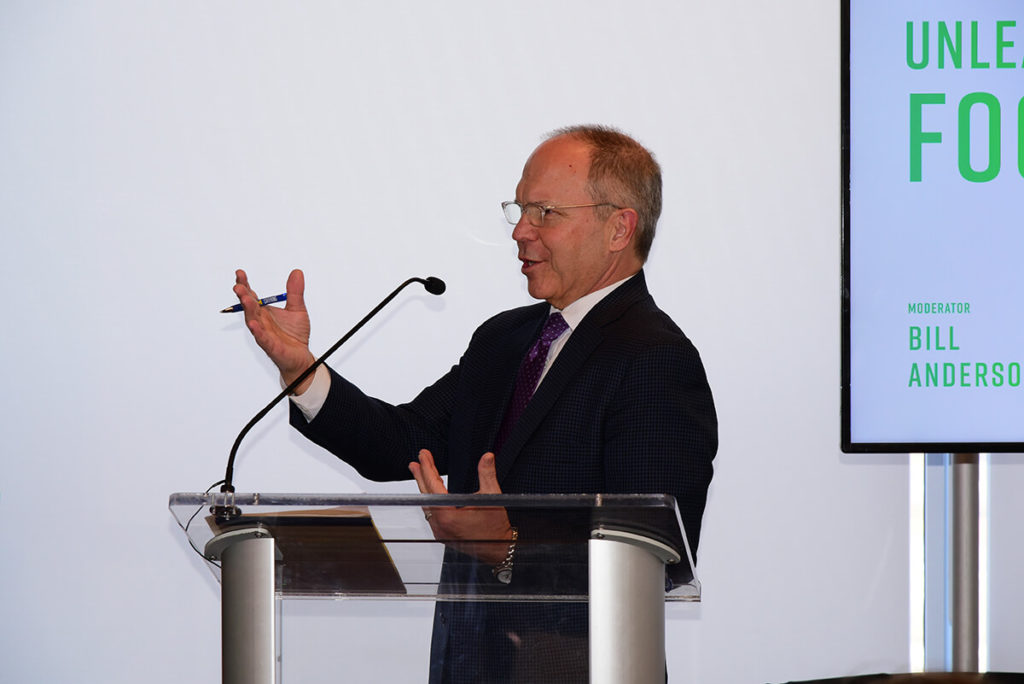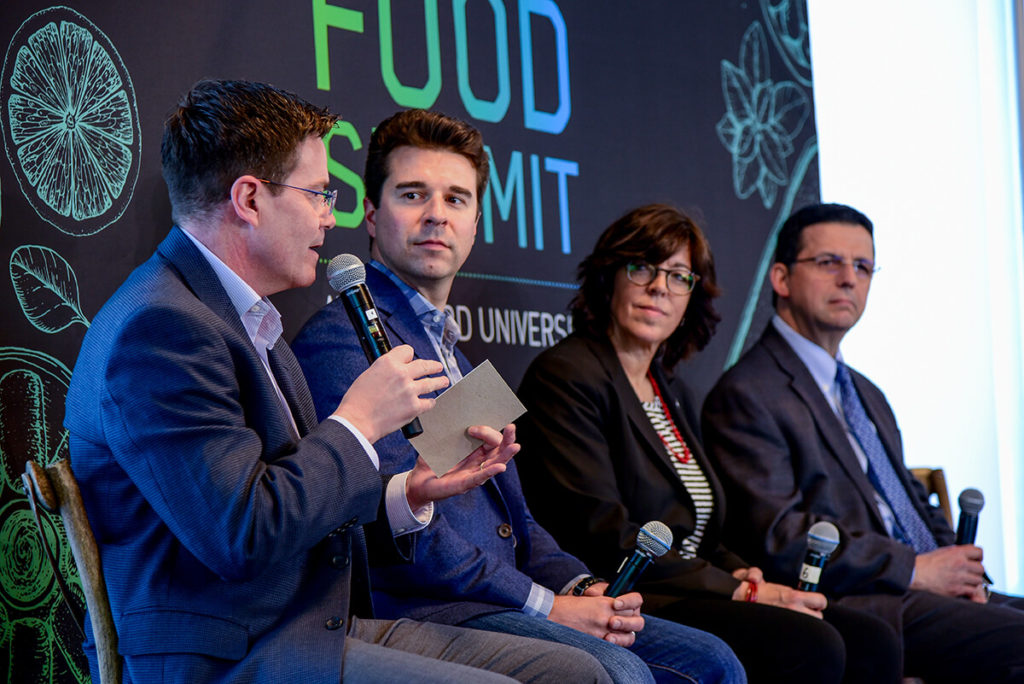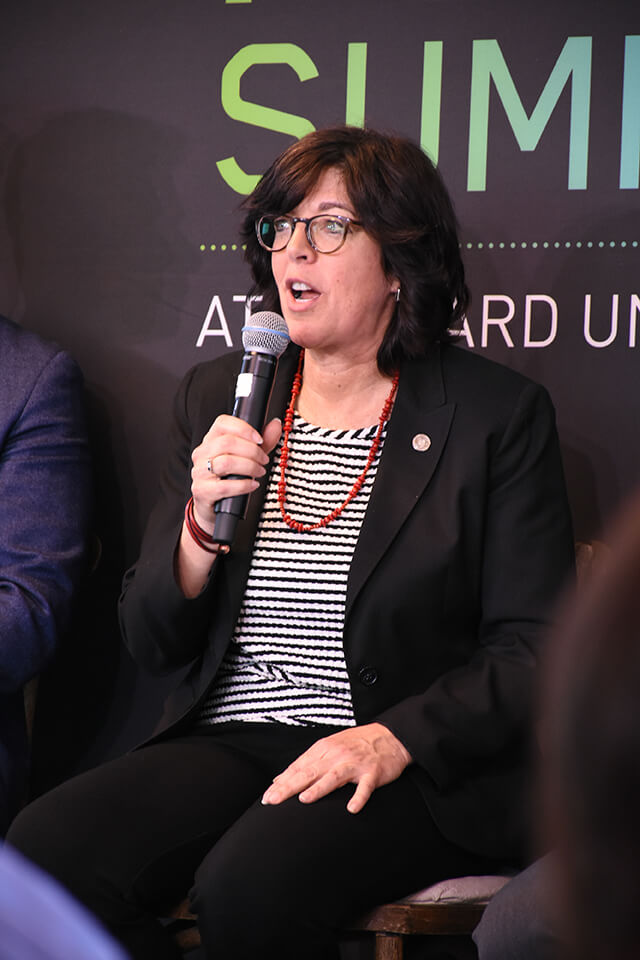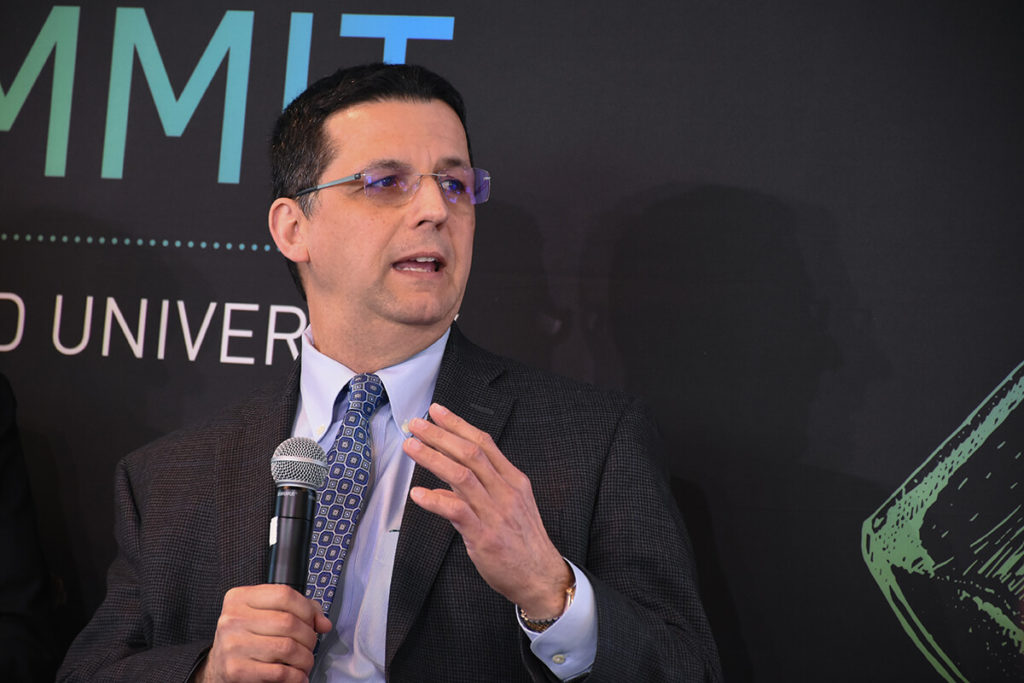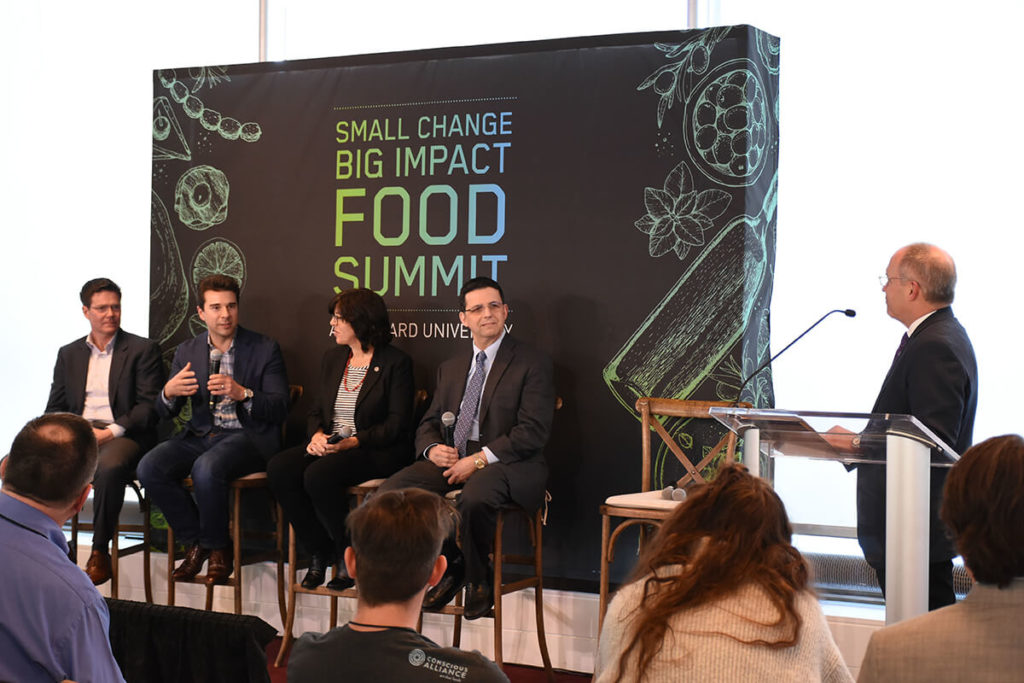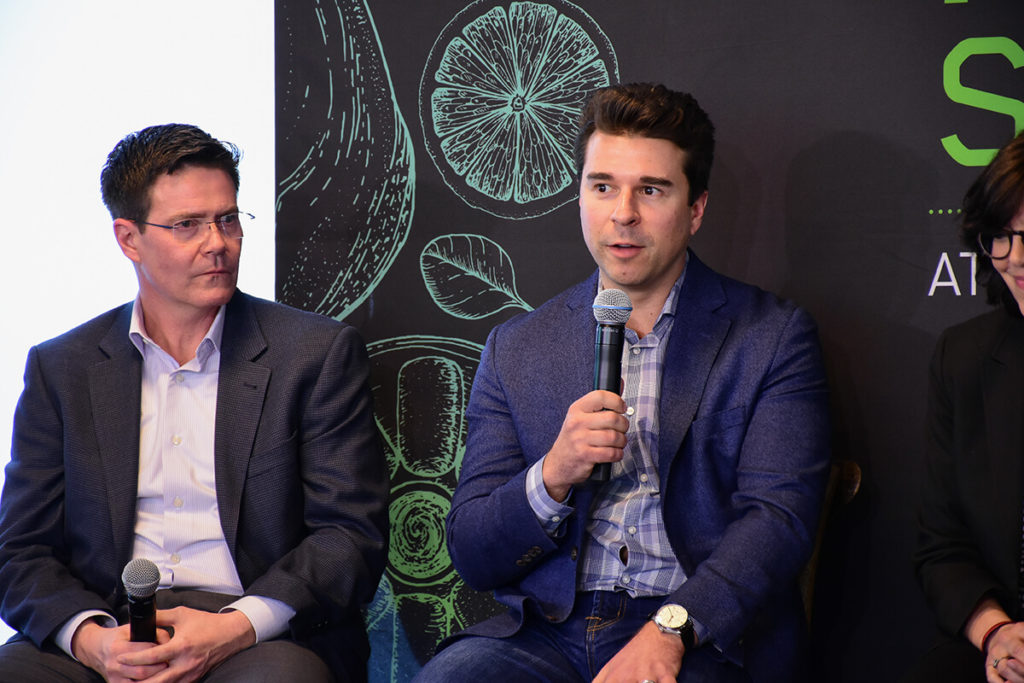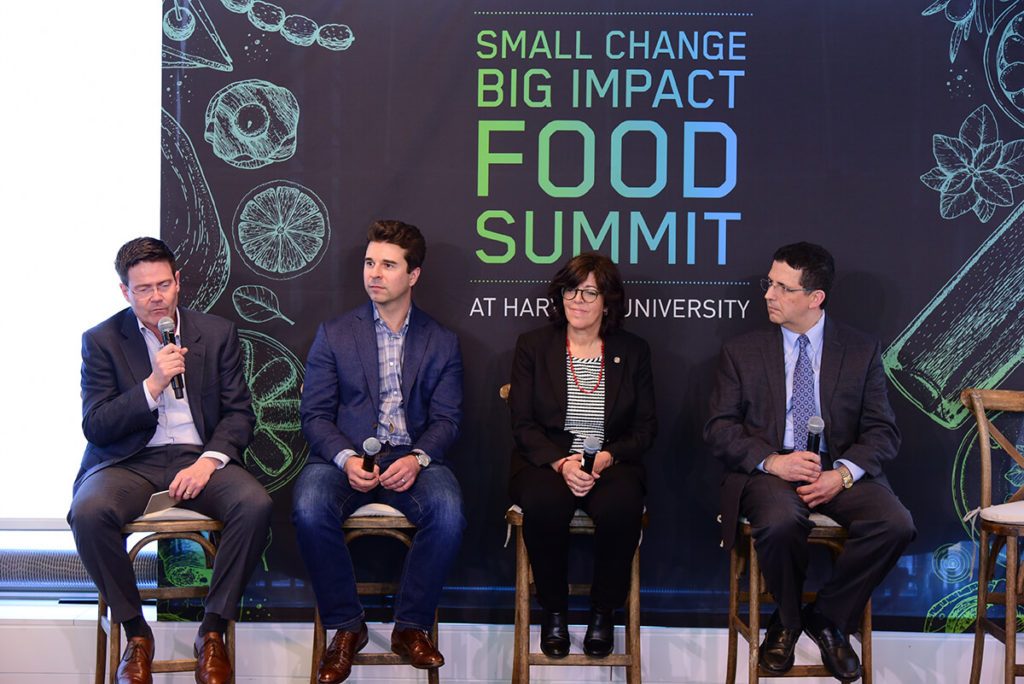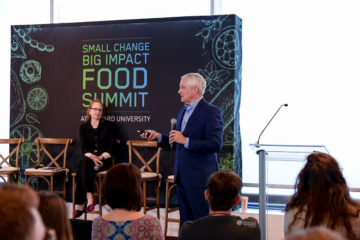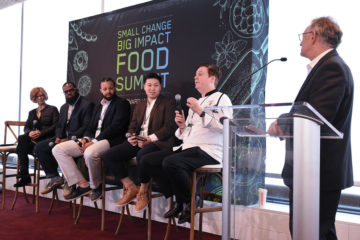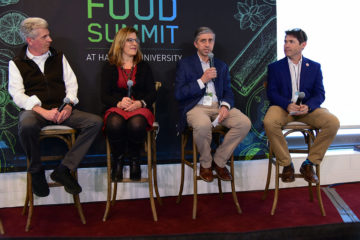Unleashing the Potential of Foodservice
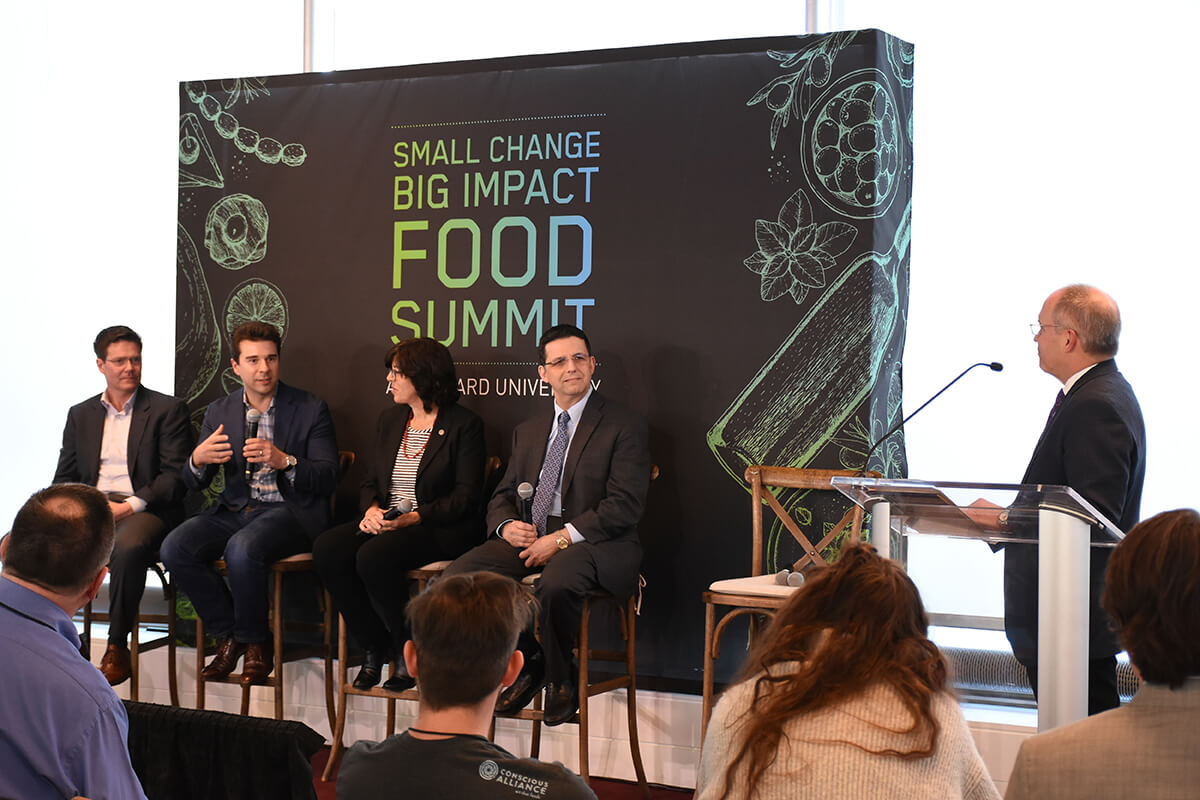
Fifty cents of every food dollar is spent away from home. Feeding thousands of people a day is never easy. It means balancing availability, variety, and transparency. Foodservice operators have brought real change to their work by reducing energy (and costs) and embracing sustainability. How might foodservice innovation lead the rest of the food industry to a brighter future?

Bill Anderson
VP Noncommercial Foodservice, Winsight Media & Events
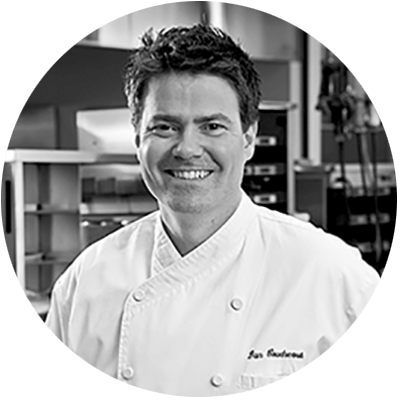
Dan Coudreaut
Former VP Culinary Innovation, McDonald’s

Jeffrey Amoscato
VP Supply Chain and Menu Innovation, Shake Shack

Maureen Timmons
Director of Dining Services, Northeastern University

Dave Megenis
VP Procurement, Nuovo Pasta
Key Takeaways
These thought leaders have increased the use of whole grains and fresh produce on their menus while using less plastic, sodium and sugar. For this sort of innovation to work in a foodservice organization, someone at the top of the organization needs to believe in innovation, talk about it—and do it. Start with one menu change (say, less sodium), so your staff can buy in to the idea.
Bill Anderson had a hot viewing recommendation:
“If you want to get an understanding of what goes into foodservice, watch the ‘7 Days Out’ Netflix show about Eleven Madison Park Restaurant. Wow.”
Jeffrey Amoscato shared:
“As we’ve grown, we started and created a really delicious burger and then you start digging into what is it about what we created and what is it about it that we love? The very first Shack burger wasn’t no antibiotic ever, no hormone ever beef. We made that change early on.”
Dan Coudreaut said:
“McDonald’s has give or take 14,000 restaurants in the U.S. serving 27 million people a day. What does that mean? In 2012, I was involved in adding apples into every Happy Meal. That’s conservatively 182 million Happy Meals every year. After 2012, kids had access to fresh produce. That was a big thing for us.”
Dave Megenis said:
“As a manufacturer, we looked at our organic product, at our non-GMO verified ingredients and then we looked at our conventional ingredients. Conventional is the big bucket and it makes you really stop and think, why do we lump everything into the conventional bucket?”
Maureen Timmons said:
“We worked with some student groups and Coke, our beverage provider and we rearranged some of the set up and we reduced sugary beverages by ten per cent on campus.”
